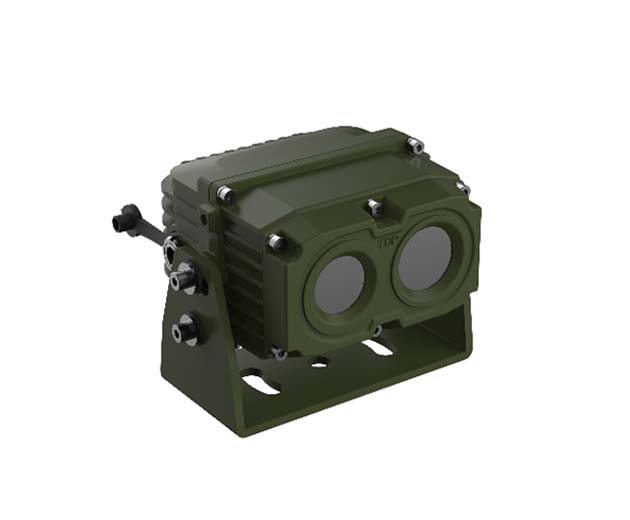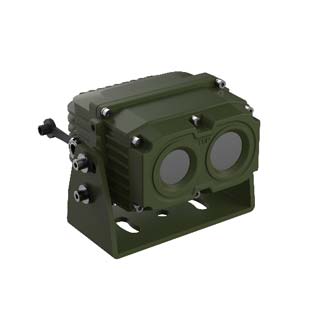Poor weather conditions, such as rain, fog, or snow, can significantly impact visibility while driving, posing a serious risk to road safety. Driver vision enhancers are innovative technologies designed to enhance visibility in challenging weather conditions. In this blog post, we will explore how a driver vision enhancer works and the ways in which it improves visibility during poor weather conditions, ultimately enhancing road safety.
Advanced Image Enhancement Algorithms
Driver vision enhancers utilize advanced image enhancement algorithms to improve visibility in poor weather conditions. These algorithms analyze the captured images in real-time and apply various enhancement techniques to optimize the visibility of objects on the road. By adjusting brightness, contrast, and sharpness, these algorithms can mitigate the negative effects of rain, fog, or snow, making objects more discernible to the driver even in low-visibility situations.
Filtering Out Unwanted Light
In poor weather conditions, light can scatter and cause unwanted glare, making it difficult for drivers to see clearly. Driver vision enhancers incorporate specialized filters that selectively block or reduce certain wavelengths of light, including the scattered light that causes glare. By filtering out unwanted light, these devices enhance the contrast and visibility of the objects of interest, allowing drivers to better perceive their surroundings despite adverse weather conditions.
Penetrating Fog and Precipitation
Fog and precipitation, such as rain or snow, can significantly impair visibility on the road. Driver vision enhancers equipped with advanced sensors, such as infrared or thermal imaging, can detect and penetrate through fog or precipitation. These sensors can capture the emitted or reflected heat signatures, allowing drivers to see beyond the dense fog or heavy rain. By providing a clearer view of the road ahead, driver vision enhancers help drivers navigate safely in challenging weather conditions.
Highlighting and Emphasizing Objects
Driver vision enhancers often incorporate features that highlight or emphasize important objects on the road. For example, these devices can use color contrast techniques to make pedestrians or road signs stand out more prominently in low-visibility scenarios. By enhancing the visibility of critical objects, driver vision enhancers provide drivers with valuable cues and information, enabling them to react promptly and make informed decisions, thereby reducing the risk of accidents.
Driver vision enhancers and thermal night vision camera offer significant improvements in visibility during poor weather conditions, such as rain, fog, or snow. Through advanced image enhancement algorithms, specialized filters, penetration of fog and precipitation, and highlighting important objects, these devices enhance the visibility of the road and surroundings. By mitigating the negative effects of poor weather on visibility, driver vision enhancers contribute to improved road safety by enabling drivers to better perceive potential hazards and make informed decisions. As technology continues to advance, we can expect further innovations in driver vision enhancers, making them even more effective in enhancing visibility during adverse weather conditions and ensuring safer journeys for drivers and passengers alike.



